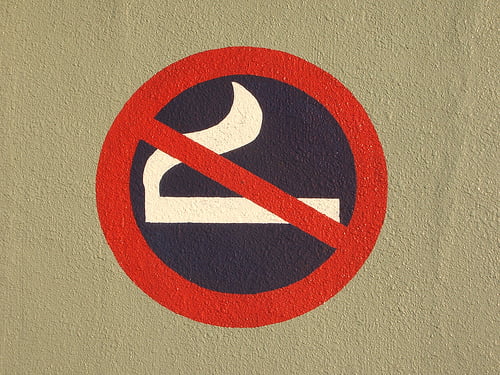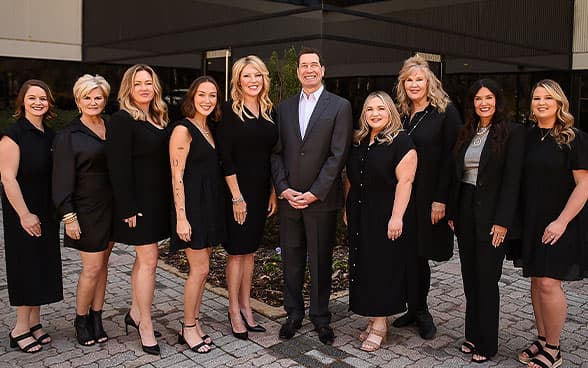Smoking and Recovery From Cosmetic Surgery
August 26, 2019 - Rhys Branman, MD Today is the Great American Smoke Out. You might be aware that this day every year is designated to help smokers stop smoking and to educate the public about the dangers of smoking. I would like to educate you about the danger of combining cosmetic surgery and smoking. At Little Rock Cosmetic Surgery Center we want you to heal well after your facelift, your tummy tuck or any other procedure you undergo.
Today is the Great American Smoke Out. You might be aware that this day every year is designated to help smokers stop smoking and to educate the public about the dangers of smoking. I would like to educate you about the danger of combining cosmetic surgery and smoking. At Little Rock Cosmetic Surgery Center we want you to heal well after your facelift, your tummy tuck or any other procedure you undergo.
I am sometimes required to refuse to perform surgery for a patient at the last minute because they have not followed explicit orders to not smoke for 6 weeks before surgery. I do not give these pre-op instructions simply because as a doctor I know how bad smoking is for your health. I have you stop smoking because of the dire consequences possible if you smoke and then undergo cosmetic surgery. Let me explain.
Cigarette smoking has a very detrimental effect on wound healing. Most patients, and surgeons too, I might add, look to the amount of scarring, the symmetry gained and contours of the area of the body when judging how well a procedure has succeeded. These are the very aspects of healing that smoking impedes!
-
The main cause of impaired wound healing from smoking is tissue hypoxia. Tissue hypoxia is reduced flow of oxygen in the body. The body needs oxygen to heal. Hypoxia is mainly due to the carbon monoxide found in cigarettes. This carbon monoxide grabs on the red blood cells preventing oxygen to do so. This decreases blood flow in the microvasculature (tiny blood vessels) and can lead to tissue death
-
Nicotine is a vasoconstrictor. This means that it decreases blood flow. The blood is what carries the nutrients to surgical wounds during the healing process: less blood flow mean slower or impaired healing. Again, we are talking about possible skin necrosis or tissue death.
-
Involved in healing are fibroblasts and myofibroblasts. Fibroblasts are cells that produce collagen and other fibrous tissue in connective tissue. During would healing, these fibroblasts must move from the edge of the incision site to the center in order for the wound to close. Myofibroblasts are another type of cell that is involved in wound healing. These are cross between fibroblasts and smooth muscle cells; they can contract. It has been found that cigarette smoking inhibits the movement of the fibroblasts from the edge to the center of the wound and also inhibits the myofibroblasts from contracting. It is this contraction that closes the wound. This kind of impairment can cause keloids or hypertrophic scars.
Most affected, by this kind of impaired wound healing, are procedures that require support of the subcutaneous tissue, which is involved when large flaps of skin are lifted or resected. Some of these procedures dependent upon elevation, lifting or resection are tummy tucks, facelifts, and breast reduction surgery. Studies have shown that flap necrosis is significantly higher in smokers than non smokers. Studies have also shown that there is a very poor understanding of how smoking is related to wound healing. Ask me questions please!
Please talk to me about ways to quit smoking before your surgery. I will require that you do not smoke for a full 6 weeks. I know this is difficult, so as a patient you must reconcile the fact that health and beauty go together.
Dr. Branman
Please call Melinda to set up your consultation 501 227-0707
Thanks to andyket for the image of a no smoking sign.

